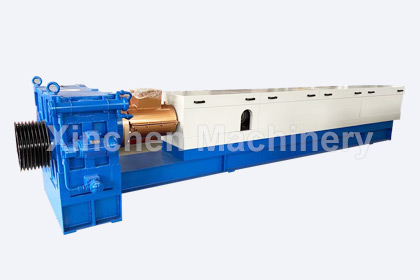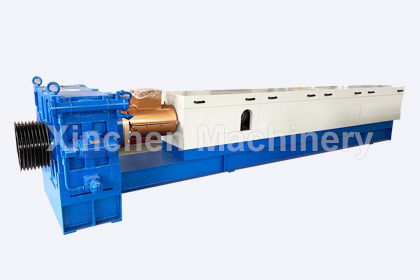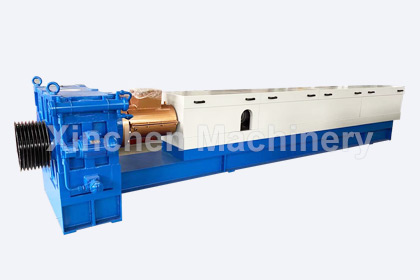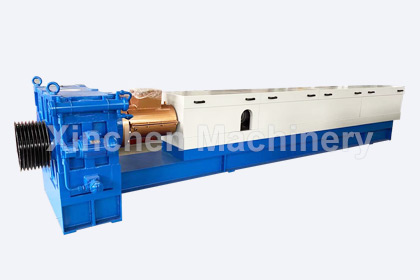Discussion on the wide application of DC cable in social life
Date:2022-4-12 Author:
Dc cable is a power cable used in DC transmission and distribution system. The structure of DC cable is basically the same as that of AC cable except that the electrical characteristics of DC cable are different from that of AC cable. Dc cables are mainly used for long distance submarine cable lines.
Since the world’s early power supply was based on DC, as early as the early 20th century, DC cable has been adopted. But later, with the rapid development of AC power transmission technology, AC cable has been widely used. Dc cable has learned from the mature experience of AC cable in its development, so it has many similarities with AC cable in structure. The following types of HVDC cables are in use.
1.Oil impregnated paper solid cable. It is suitable for long-distance subsea applications because it does not require oil supply and the good cooling of seawater prevents loss of impregnants.
2.Oil-filled cable. When the rated voltage exceeds 250kV, oil-filled cables are mostly used. When it is used on land, it has superior technical performance than other types of cable.
3. Inflatable cable. It is suitable for long-distance submarine cable laying and large drop laying, such as the Cook Strait DIRECT current transmission project in New Zealand.
4. Extruded polyethylene cable. The cable structure is simple and strong, which is suitable for use as submarine cable, but according to its DC voltage withstand capacity, the operating voltage can only reach about 250kV.
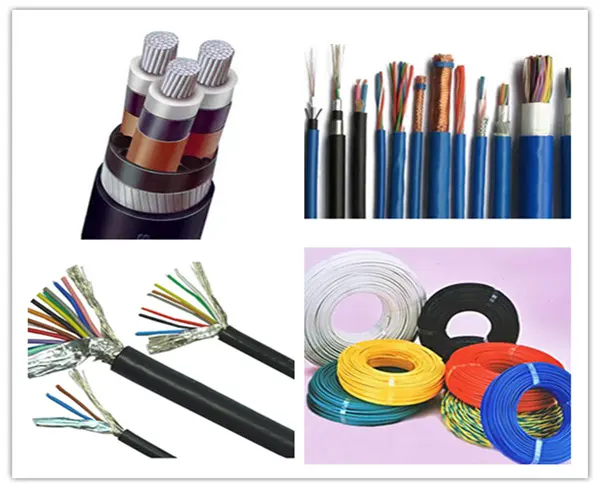
The advantages of dc cable transmission compare to ac cable
1) Dc cable has no capacitive current, so the transmission distance is not limited by capacitive current, while AC cables have a large capacitive current, so the transmission distance is limited.
(2) In terms of technology, AC cables can also be used for power transmission. Due to the advantages of DC cable such as low cost, small loss and large transmission capacity, dc cable is mostly used for long-distance and large-capacity cross-strait submarine cable transmission. The construction of large power stations near big cities is often not allowed due to environmental pollution conditions. In big cities, electricity density is high and population density makes it difficult to choose corridors for overhead lines. The use of HVDC underground cables to deliver distant power to load centres in large cities is therefore a competitive option.
(3) Ac cable power transmission relies on 50HZ positive wave induction to transmit electric energy. The longer the line, the greater the load, the more electric energy loss caused by external induction in the line, while DC basically has no such loss. In the long term power transmission process, DC cable saves 20% of line loss compared with AC cable.
Japan has also invested a lot of energy in the research and development of DC cable, and achieved good results. Japanese scholars improved the space charge performance of traditional AC cable by adding nanoparticles and achieved good results.
China has also carried out a lot of work in the reserch and development, production, construction and operation level of DC cable, but there is still a big gap compared with the advanced level of the world, most of the actual engineering application of power cables rely on imports, domestic production products are also basically using imported cable materials. The practical commercial application of DC cable in China has just begun.
The difference between flame retardant cable and fire retardant cables
